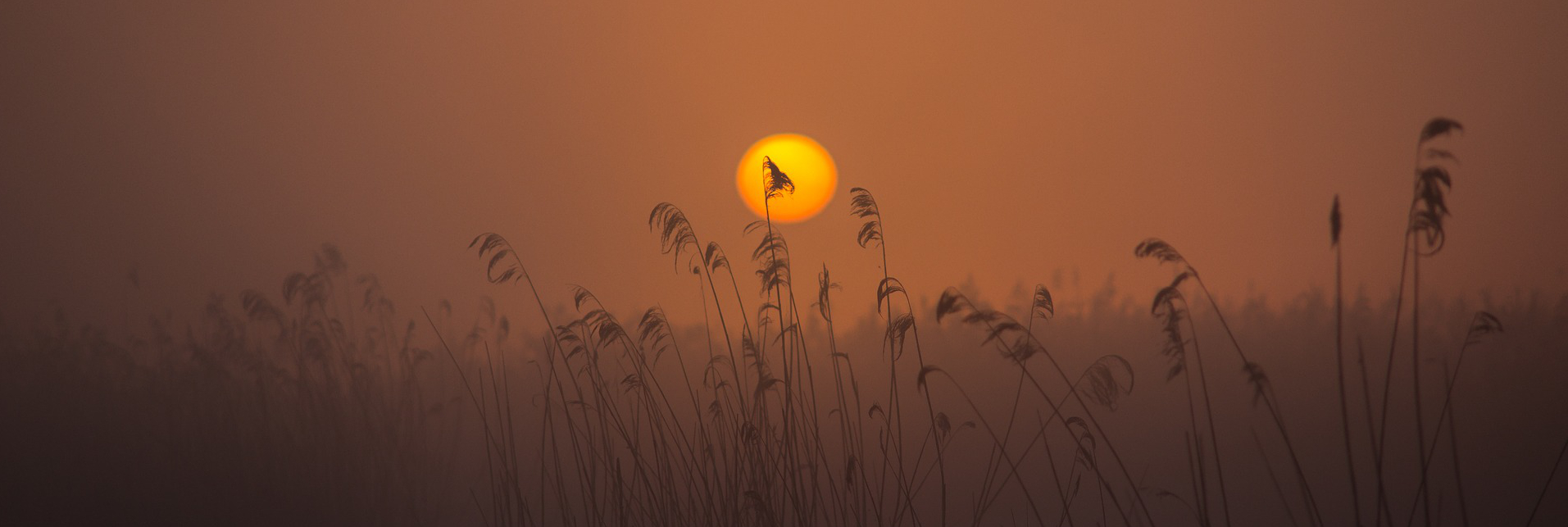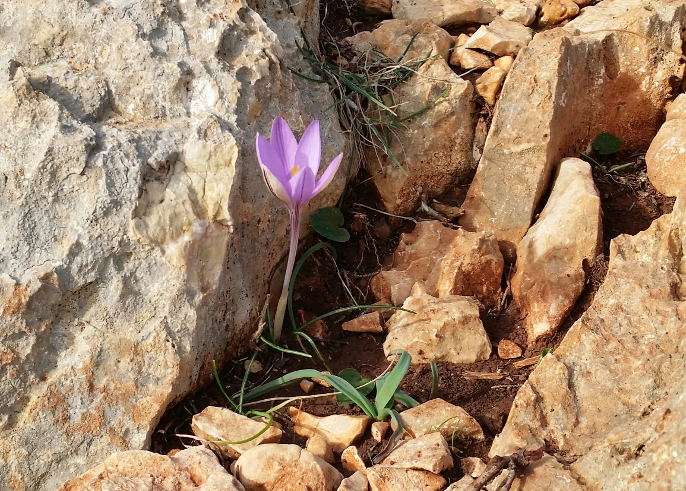
The trills and the first trills that begin to animate the foliage of the trees and the branches of the thickest shrubs, indicate without doubt that there is already someone who feels the approach of the end of winter! But February is, as many dicipolar dictates say, short and cursed: despite the sun illuminating many days, the cold is generally still intense.
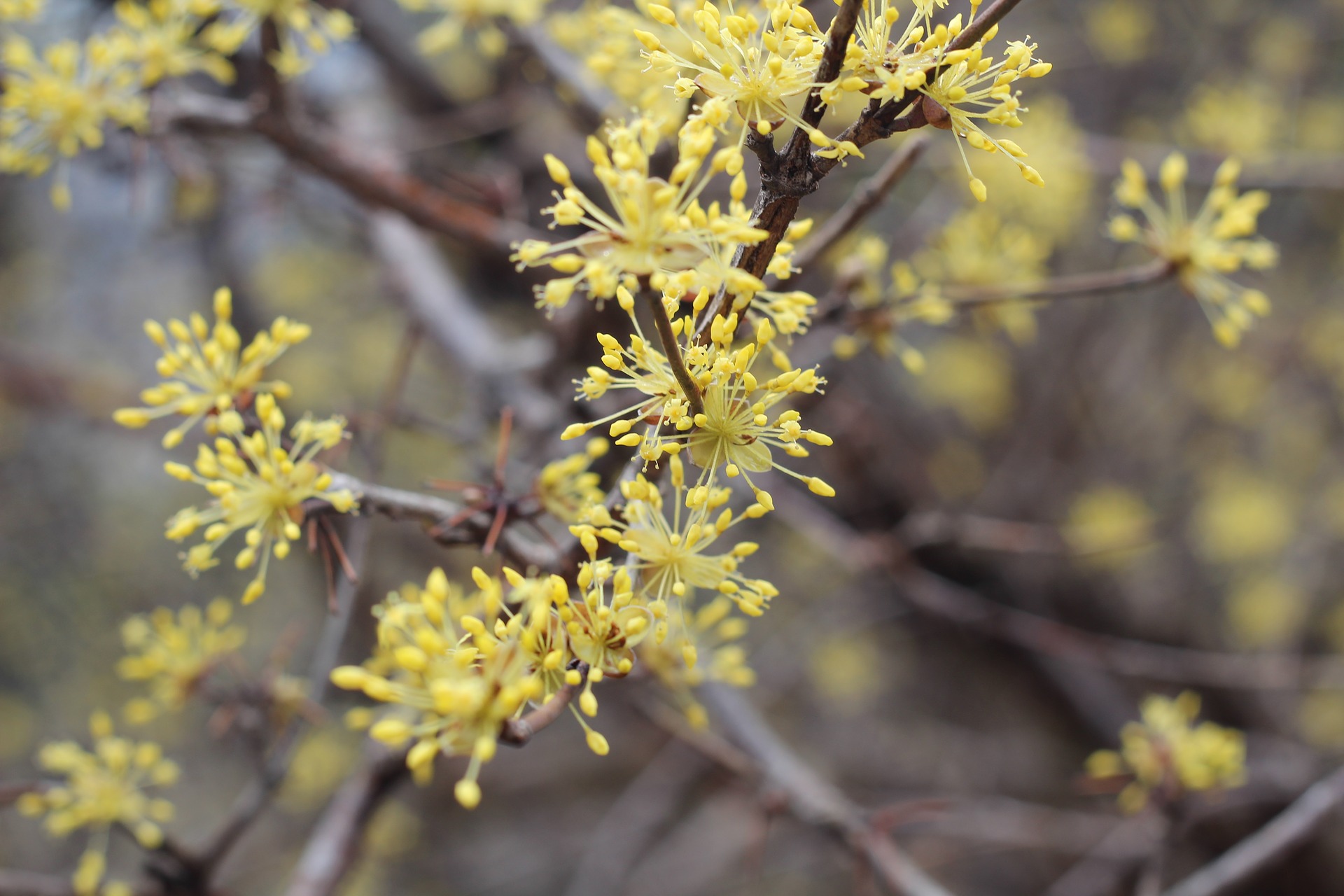
In the clearings of the deciduous forests, among the shrubs and in the hedges of the plains, up to 1300 (even 1530) meters, the Dogwood (Cornus mas) is in full bloom. The flowering of the natural hedges that this species forms, precedes the leafing and illuminates the wood with its delicate and luminous yellow.
The guest of the coastal areas, instead, is the Daphne (Daphne sericea), an evergreen shrub with pink flowers, sometimes tending to violet, which lives in the undergrowth, where the foliage of the trees leaves space to light, but it can form very dense spots. on exposed rocky terrain. In the bush it can be accompanied by the female Silver Germander (Teucrium fruticans), while in the most barren areas the euphorbias bloom begins. The first is the mediterranean Spurge Euphorbia characias, with its classic globular inflorescences surrounded by leaves approached in the upper part of the stems. In Sardinia and Corsica, among the stones you can see the fragile flowers of the Saffron of Corsica (Crocus corsicus).
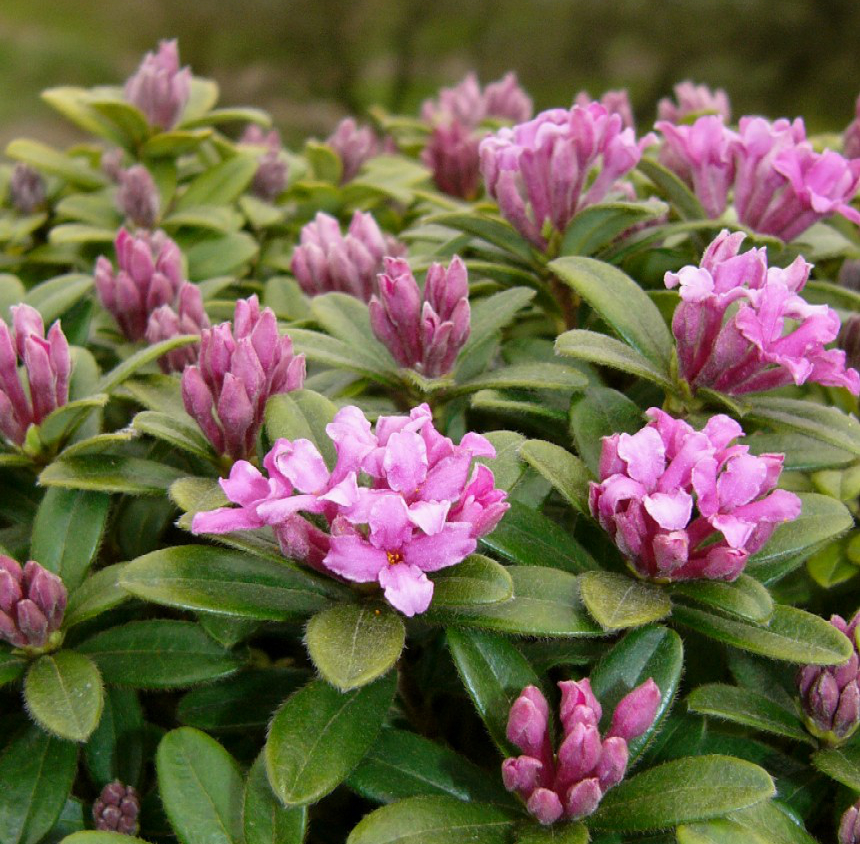
In the flat areas, in the green garrigues of that grass that will disappear when the sun is more scorching, we can walk among the rose and violet of the Florist’s anemones (Anemone coronaria), the star-shaped Anemones (Anemone hortensis) and the Mediterranean stork’s bill (Erodium malacoides) or the yellow edible Lotus edulis and the bunches of Daffodil (Narcissus tazetta) as much loved as their all congeners, wild daffodils.
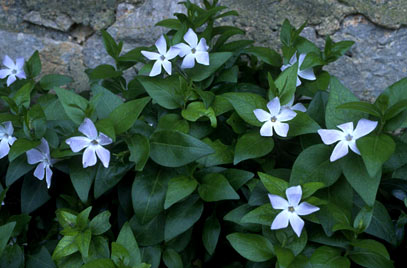
The most humid meadows are covered with annual Annual Daisy (Bellis annua) and in the most shaded areas or towards the ditches we find in bloom the Intermediate Periwinkle (Vinca difformis), which stands out from the majors for the smaller and lash-free flowers on the lacinias of the chalice.
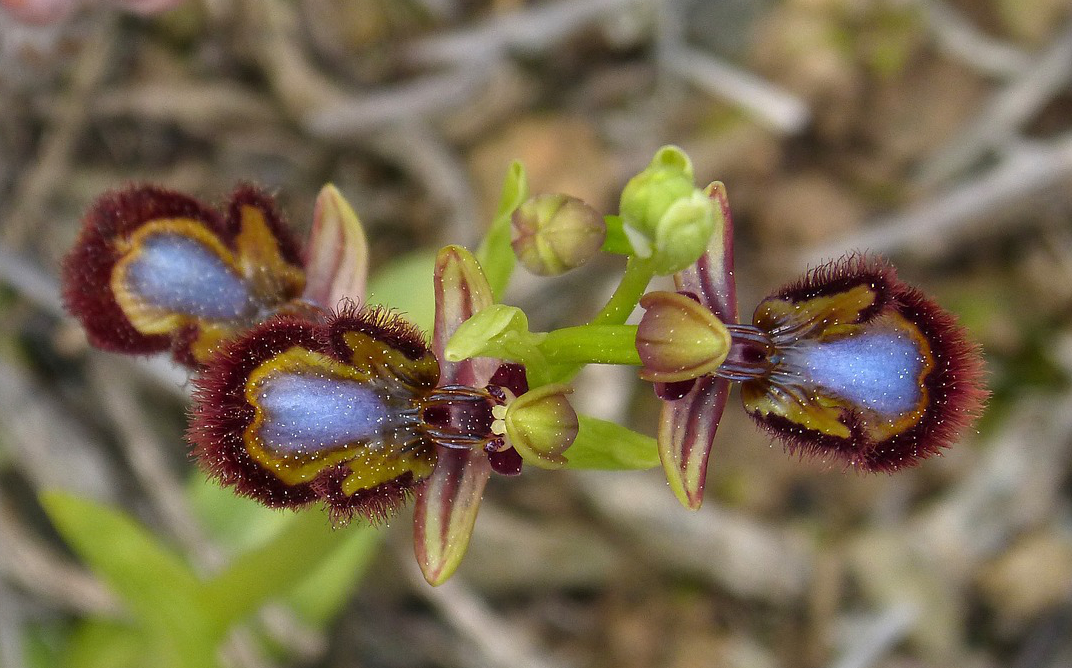
In February the flowering of the orchidacea begins. A family that includes species that bloom in precise periods from spring to autumn. The leaves fall in the winter while the underground tubers resist the cold.
In this month the genus Orchis begins with the splendid Butterfly Orchid (Orchis papilionacea), while the genus Ophrys, which includes more than a hundred species, gives way to the blooms with the Blue Ophrys (Ophrys speculum), the Yellow Ofride (Ophrys lutea) and the Green-brown Ofride (Ophrys sphegodes).
The flowers belonging to this genus have a particular structure that simulates the female’s abdomen of a specific insect; the flower also secretes volatile substances similar to the pheromones produced by the female of that same insect during the mating phase. The male, so called, in an attempt to “mate” with the flower (pseudocopula), is loaded with pollen that will subsequently deposit on another flower. The pollen, agglutinated in masses in the shape of a club, attaches itself to the head of the pollinating insects through the gelatinous base.
The mechanism put in place by the Ofrids to recall the pollinating insects is the result of a coevolution between these flowers, devoid of nectar, and some species of hymenoptera (bees, wasps, …). The cases in which (eg Ophrys apifera) can resort to self-pollination are very rare.
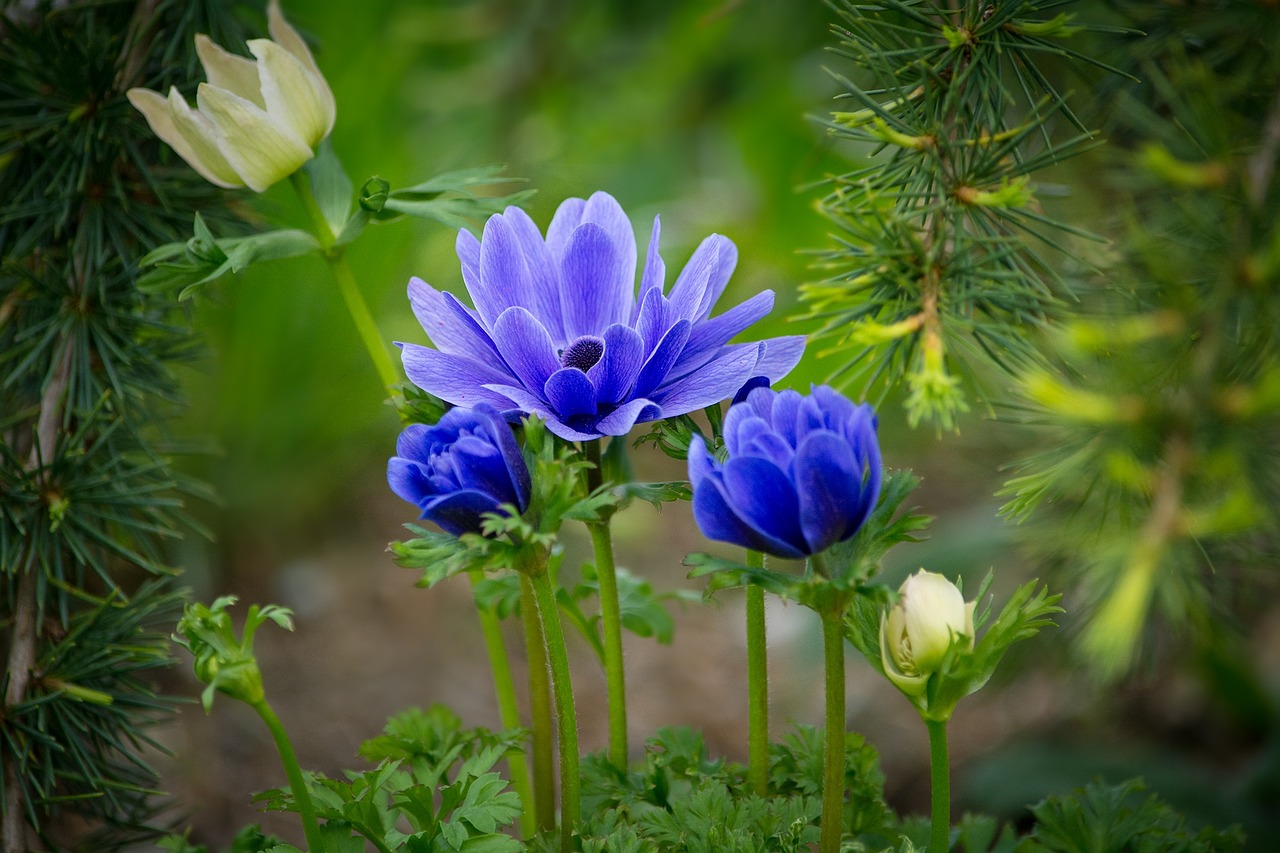
Credits:
Author: Anna Lacci is a scientific popularizer and expert in environmental education and sustainability and in territory teaching. She is the author of documentaries and naturalistic books, notebooks and interdisciplinary teaching aids and multimedia information materials.
Translation by Maria Antonietta Sessa



